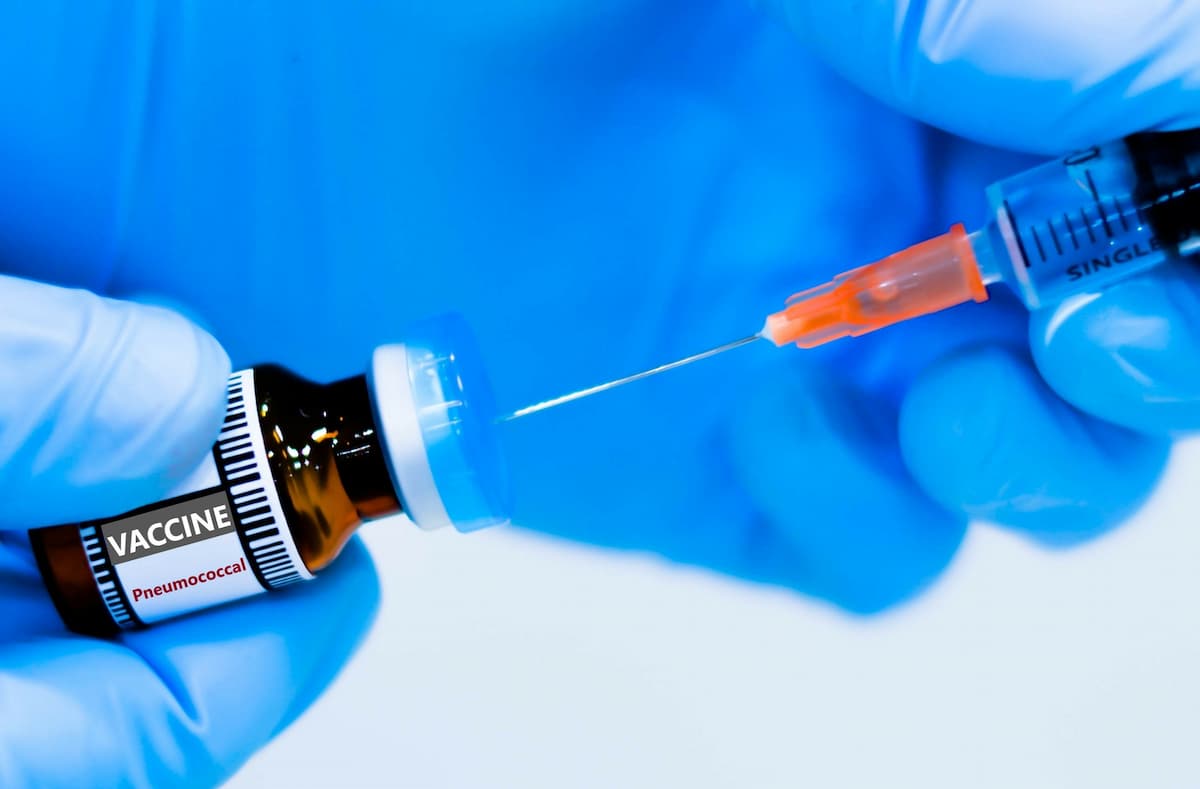
Article
Rapid Diagnostic Tool Identifies Viral, Bacterial Pathogens
Author(s):
FilmArray can identify the underlying cause of illnesses within 1 hour of testing.
Correctly identifying multiple infectious agents can be difficult, especially when multiple pathogens are involved. This is a significant issue facing infectious disease specialists, according to a press release from the Texas A&M College of Medicine.
“Determining the cause of a fever, for example, is one of the most common problems in pediatric infectious diseases. Even though in the vast majority of cases, the cause of the fever is a self-limited viral infection, there’s always that unsettling possibility that the fever is due to life-threatening bacteria, virus, fungus or even parasite,” said Carrie L Byington, MD, pediatric infectious disease specialist. “Being able to rapidly distinguish the benign from the deadly was a long-standing goal that I knew if realized would really transform the health care landscape.”
Dr Byington and a team of researchers developed FilmArray, which is a rapid diagnostic test that determines the presence of distinct pathogens.
“When I became involved, a test that could distinguish bacteria, viruses, fungi, and parasites simultaneously had never really been created before,” Dr Byington said.
FilmArray can identify nearly 100 pathogens and is used globally to identify the causes of fever, respiratory, or gastrointestinal illnesses within 1 hour, according to the release. Traditional tests could take days and were not typically conducted due to time or expense.
Dr Byington collaborated with scientists and engineers to create a diagnostic tool that could be used in a clinical setting and conform to physicians’ needs.
“In practice, when an ill patient comes in for evaluation, you can’t do 1 test, wait for the results, then do another test, and so on,” Dr Byington said. “You need to make decisions quickly and physicians will make these decisions with or without diagnostic data. Having data quickly helps us make better decisions, especially regarding issues related to antibiotic administration or admission to the hospital.”
Identifying the cause of an illness is the key to prompt and appropriate treatment. Although many viral infections have no treatment, knowing the cause can prevent unnecessary treatment with antibiotics.
“If you admit someone to the hospital and treat them with antibiotics, when actually all they have is a relatively common virus that their own immune system would fight off in a few days, you’re not only wasting resources, you could be doing real harm, like contributing to antimicrobial resistance,” Dr Byington said.
The FilmArray was originally created to the SARS epidemic, but it can be useful when the test is negative, according to the release.
“Being able to distinguish SARS or any other new bug from more common viruses or bacteria is vital if we want to be able to stop pandemics,” Dr Byington said. “During development, we predicted that physicians examining a critically ill patient who has a FIlmArray test that is negative for the most common bugs will consider a new or emerging pathogen.”
Previously, the FilmArray has identified the H1N1 pandemic and the enterovirus D68 outbreak in 2015, according to the article.
Importantly, the diagnostic test is small and only requires 5 minutes of hands-on time, which allows physicians to focus on their patients. The test uses a highly multiplexed polymerase chain reaction to identify pathogens within 1 hour.
The researchers next plan to work on a fever identification panel for patients who are returning from abroad, including Olympic and Paralympic athletes and staff, according to the article.
“It will be able to determine, for example, whether the cause of fever is salmonella or malaria,” Dr Byington said. “These infections have very different treatments.”
2 Commerce Drive
Cranbury, NJ 08512
All rights reserved.





